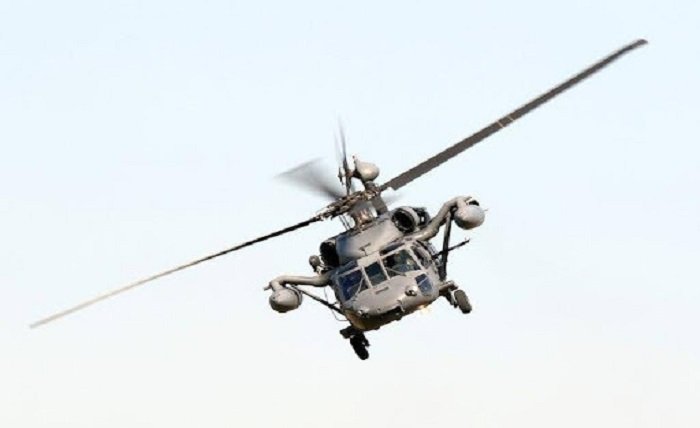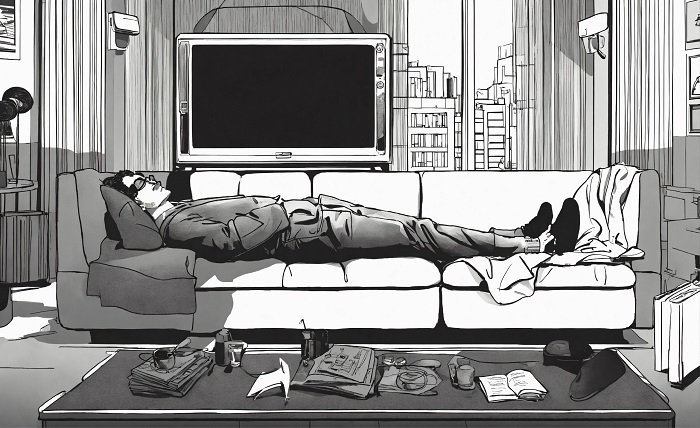
How to Establish Liability in a Helicopter Accident Case
Helicopter accidents are rare, but when they happen, the consequences can be very devastating. These crashes often lead to serious injuries and fatalities, leaving victims with heavy emotional and financial burden.
An important step after a helicopter accident is determining who is responsible. Establishing liability is the first move towards getting compensation and justice. But most people don’t know how to go about this. You can start by consulting helicopter crash lawyers.
Who Can Be Held Liable?
In a helicopter accident, there isn’t always a single person or party to blame. Multiple parties could share responsibility depending on what caused the crash. Here are the common at-fault parties:
- The pilot, if they made a mistake, flew recklessly, or were under the influence when flying the helicopter.
- The helicopter company can be held liable if it did not properly maintain the aircraft or hire an unqualified pilot.
- The manufacturer, if a part of the helicopter was defective, which led to the crash.
- The Maintenance crew, if proper maintenance was not followed and a few steps were skipped.
- Air traffic control, if poor communication or bad instructions contributed to an accident.
What Evidence Is Needed in Helicopter Crashes?
Proving liability in a helicopter accident requires solid evidence. Investigators start by looking at the crash site to understand the sequence of events. Next is analyzing the flight data and maintenance records to check if something was wrong with the aircraft.
Eyewitness reports from people who saw or heard the crash also come in handy. Another piece of evidence is weather conditions, since they can impact flight safety. Also, communication logs between the helicopter and air traffic control are required. All this information helps to piece together what happened and who may be responsible.
The Role of the NTSB and FAA
In the U.S., the National Transportation Safety Board (NTSB) and the Federal Aviation Administration (FAA) investigate aviation accidents. They look into every possible cause, from mechanical failure to human error. Even though these reports don’t assign liability, they often provide the facts required to support a legal claim.
How to Prove Fault in Court
To hold someone legally responsible after a helicopter crash, you must prove that they were negligent. That means that they had a duty to act safely but failed in that duty, hence causing harm as a result.
In cases that involve faulty equipment, product liability laws may apply. Sometimes, when more than one party is at fault, the court decides how to divide the responsibility.
Why You Should Hire a Lawyer After a Helicopter Crash
It is clear that helicopter accidents are complex. There are technical details, strict regulations, and often more than one party involved. A lawyer who understands aviation law can help you collect evidence, bring expert witnesses, and build a strong case. They will also handle the negotiations with insurance companies and push for fair compensation.
Conclusion
If you or a loved one has been hurt in a helicopter accident, it is important to act quickly. Even though establishing liability can be difficult, with the right legal support and a thorough investigation, it is possible to hold the right parties accountable.


